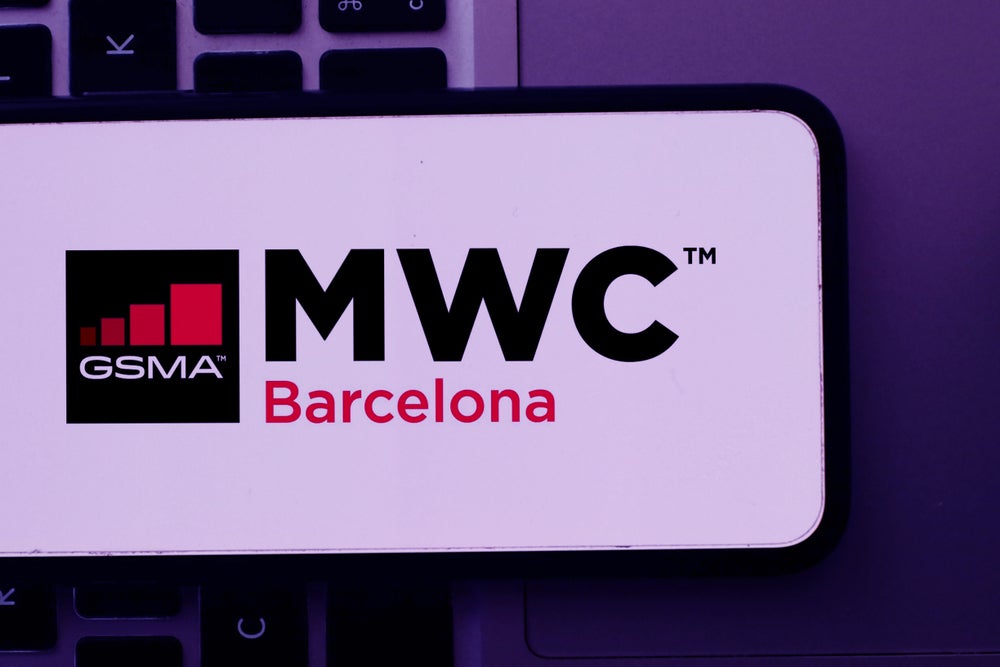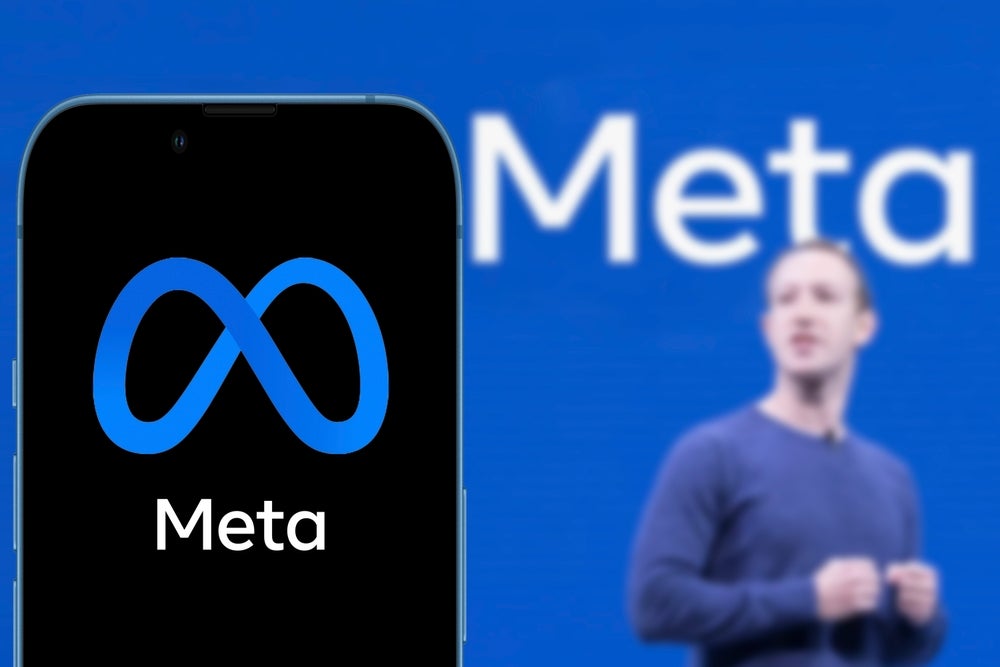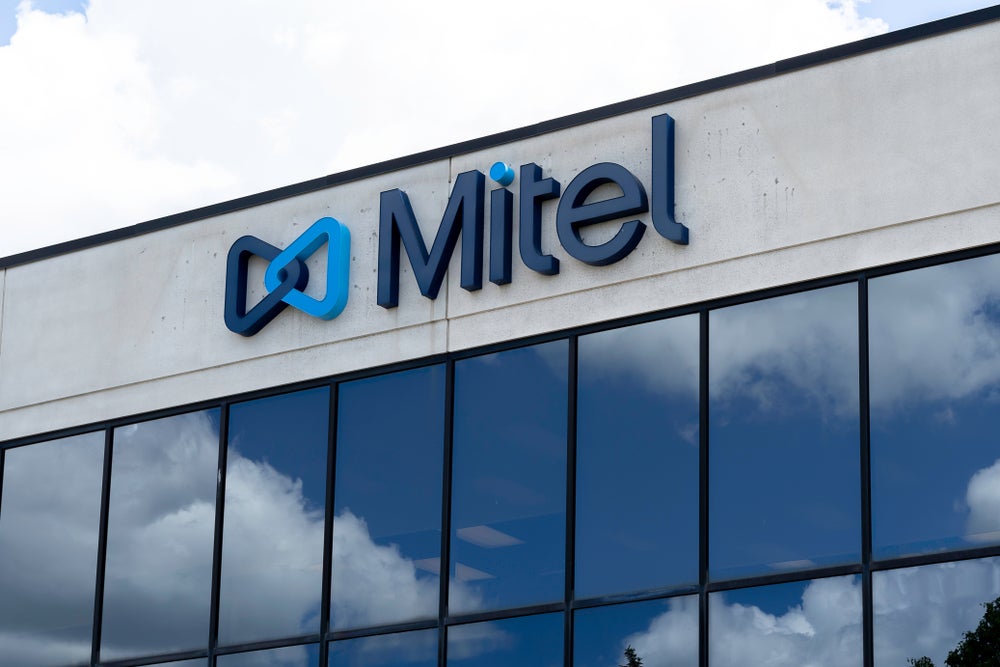
As Mobile World Congress (MWC) 2025 gets underway this week (3-7 March) the hottest topics on the agenda will once again be the impact of GenAI on the telecoms industry and APIs. Operators are facing several headwinds from rising costs and regulatory compliance to cybersecurity threats and market competition and fragmentation.
GenAI and APIs dominated last year’s MWC, according to GlobalData senior principal analyst Andy Hicks. APIs have been a major telecoms industry theme since the launch of the GSMA’s Open Gateway Initiative at MWC 2023, says Hicks.
The Open Gateway Initiative aims to standardise APIs to provide developers with frictionless access to advanced network capabilities and enable digital services across different operators’ networks.

Access deeper industry intelligence
Experience unmatched clarity with a single platform that combines unique data, AI, and human expertise.
For the uninitiated, APIs are best be described as a common language to enable different software to communicate using a set of definitions and protocols. So far, more than 72 mobile operator groups, representing 284 networks and almost 80% of mobile connections across the world have signed up to participate in the Open Gateway initiative, with 52 commercial launches taking place, according to the GSMA. And the trend for creating ecosystems of API partners is growing.
This year, the organisers of MWC will focus on enterprise developers across vertical industries to ensure that the mobile industry is providing API services that can help digital transformation in sectors such as aviation and automotive, through an initiative called GSMA Fusion.
GenAI promises new telco revenue streams
Add GenAI into the mix and some of the telecoms industry’s strongest headwinds could be addressed through opening new and much needed revenue streams, creating greater efficiencies, addressing cyber threats and driving greater process automation.
Hicks says telcos are seeing some revenue from the identity-based API use cases like fraud protection, so they’re eager to devote more resources toward greater automation and toward additional use cases like network quality-on-demand.

US Tariffs are shifting - will you react or anticipate?
Don’t let policy changes catch you off guard. Stay proactive with real-time data and expert analysis.
By GlobalData“No matter the use case, APIs drive an increased volume of transactions, and some of them effectively let the customer make changes in the network state without anybody at the telco approving it,” says Hicks.
Telcos are working on automation, which requires AI to manage process. “Some of those solutions are going to call themselves Agentic AI, but it’s really about making sure that you can supply the network resources to the request the customer is making in all situations,” adds Hicks.
AI-driven analytics will enable telecom operators to increase process and monitoring automation including predicting and preventing outages and optimising network efficiency. More sophisticated API functionalities will be necessary to support this greater automation.
AI a key driver for network APIs
Ericsson UK&I VP and head of cloud business and services Blessing Makumbe notes that as AI becomes more integrated into apps and services, mobile traffic and differentiated network services will change and become even more demanding. “This surge will be a key driver for network APIs,” adds Makumbe.
At Ericsson, Makumbe says that they are noticing a trend for users of AI-powered apps to have high performance expectations, particularly when it comes to real-time responses.
“According to our research, these users are willing to pay up to 35% more for this guaranteed connectivity compared to traditional apps. This is where quality-on-demand APIs and network slicing come into play, allowing developers to meet these expectations,” he explains.
Indeed, network slicing is one of the most promising emerging use cases for AI-driven APIs, particularly with widespread adoption of 5G technology. Mobile operators are able to create tailored network slices for specific customer needs or applications, essentially enabling a new business model. On-demand network services enabled through more sophisticated APIs is a growing trend.
GenAI services like advanced chatbots and increased personalisation of services using AI will necessitate the development of APIs that can handle complex interactions and data exchanges, says Makumbe.
“This will not only improve customer engagement but also drive the need for APIs that support hyper-personalisation in user experiences,” he adds.
In the same vein as the GSMA’s Open Gateway, Ericsson launched Aduna in September 2024, leading a partnership organisation of twelve global operators, Vonage and Google to streamline access to network APIs built on industry-wide standard, CAMARA.
“Aduna is all about putting these capabilities directly into the hands of developers worldwide and providing them access to a truly global subscriber base,” says Makumbe.
AI increases fraud risk
But with the confluence of GenAI and API development within the telecoms industry comes greater security and fraud risk. APIs are increasingly being used for anti-fraud applications including device location, identity verification, device authentication, and SIM swap detection.
Automatic monitoring, detection and mitigation of suspicious activity is essential in the 5G era, according to Tony King, SVP at NETSCOUT. “APIs have long been part of the telecom infrastructures and with the growth of micro-services, mobile operators have significantly increased their attack surface,” says King.
King’s advice to telecoms operators is for comprehensive and ubiquitous network traffic monitoring to provide the complete visibility necessary to secure APIs, protect services and mitigate automated DDoS attacks that are on the rise.
“Nowadays, APIs are progressively leveraged to deploy AI functionalities, and the injection of malicious behaviour offers new attack vectors to malicious actors. But it’s not just human errors and poor security policies that exacerbate the issue of Zombie APIs, which can cause multiple blind spots – when those endpoints interconnect with third parties for service delivery, such as payment gateways, edge-computers, IoT devices etc., the snowball effect on the chain of stakeholders can be devastating.”
In addition to addressing security concerns, the integration of AI in network management through APIs is leading to better optimisation of network performance and capabilities. This includes predictive maintenance and self-fixing capabilities, where AI tools analyse network logs to identify issues proactively, to reduce outages and bolster reliability.
The telecoms sector is in a state of rapid evolution as GenAI promises to address the challenges of a business model under pressure. APIs promise to further drive this evolution. The industry has yet to discover the full gamut of potential applications but new revenue streams and improved customer experiences are already on the horizon.







